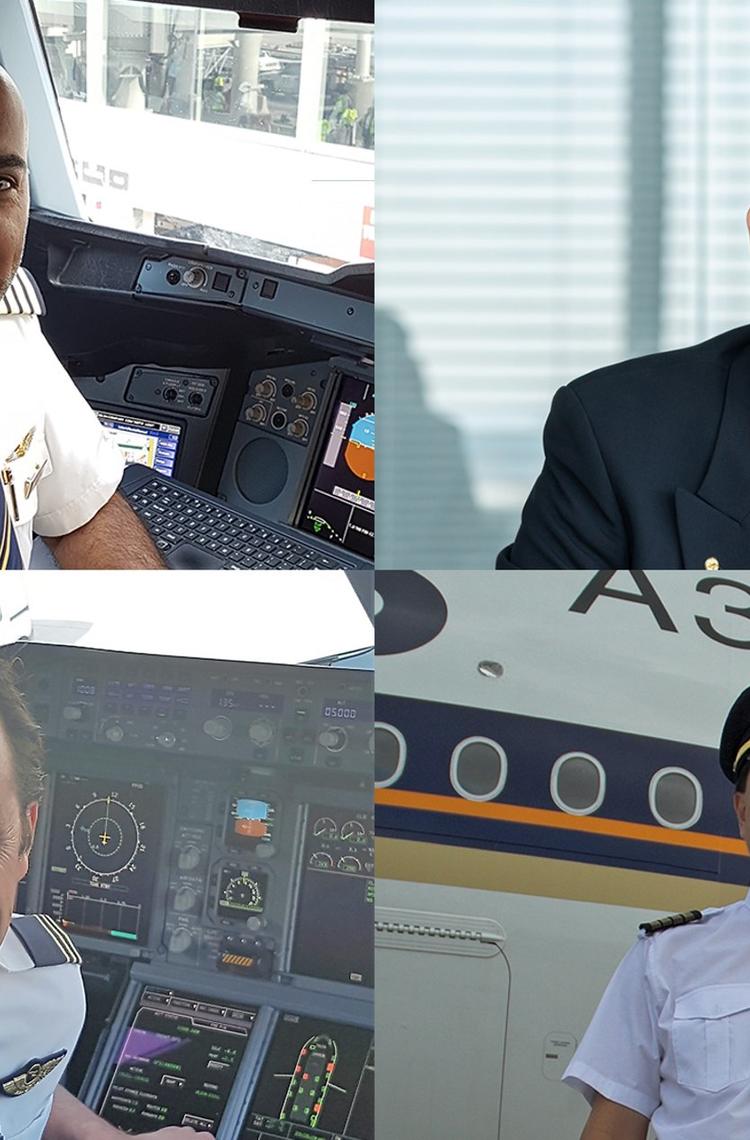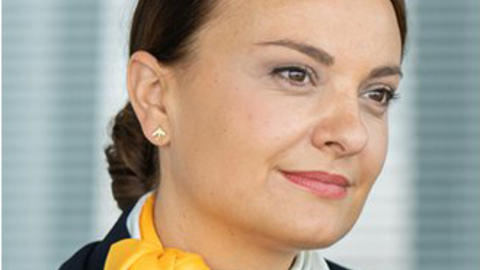Flying the A380 is an ultimate career experience for many airline pilots. With Airbus’ proven fly-by-wire controls, advanced instruments and state-of-the-art flight management systems, this jetliner’s “front office” is one of the air transport industry’s most modern cockpits.
Pilots from Emirates, Lufthansa, Qantas and Singapore Airlines describe what it is like to take the controls of the world’s largest passenger aircraft. Sharing their experiences are three A380 captains: Ali Kashwani from Emirates; Lufthansa’s Stefan Thilo Schmidt; and BK Chin of Singapore Airlines; as well as David Holt, an A380 technical pilot from Qantas.
What is it like to fly an A380?
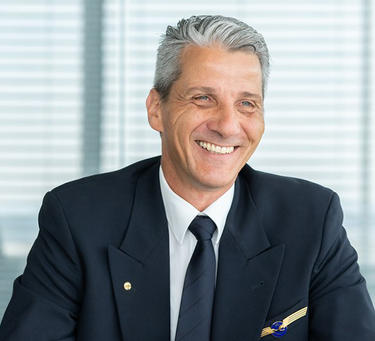
Ali: Despite its size, the aircraft is extremely responsive and easy to handle. It also has the best stability of any jetliner I’ve ever flown.
BK: It’s a big leap forward from previous generations of aircraft. It has advanced systems, such as traffic collision protection and runway over-run warning, that enhance the airplane’s reliability, efficiency and – most importantly – safety.
Stefan: The A380 is surprisingly easy to operate; flying it is really a pleasure. It has a number of engineering innovations that compensate for the challenges that come with size, so it’s very powerful yet very agile. Though with a plane that’s 80 metres long and 18 metres wide, you need a big parking space!
How is it different from other aircraft you’ve flown?
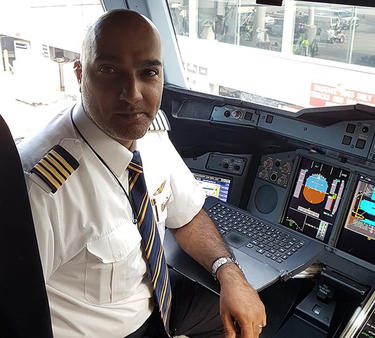
David: The A380’s defining characteristic is its scale. It can comfortably transport 400-500 passengers across ultra-long-haul distances and be relied upon to arrive at its destination even in trying circumstances like fog or high winds. The A380 is an engineering achievement that shouldn’t be underestimated.
Ali: Because of its enormous size, the aircraft’s take-off needs particular attention if the runway is short or narrow. With a maximum weight of more than three blue whales (575 tonnes!), getting off the ground requires a take-off speed of 315 km/h – similar to a Formula One race car. So, you can imagine the acceleration power during this critical manoeuvre – which, while thrilling, demands complete focus. The A380 is equipped with systems that allow us to calculate the necessary take-off speed very accurately.
Stefan: I’ve flown a lot of different types of aircraft, and I would say the A380’s robustness and dependability as well as its well-designed interface are all features that make it unique. The jetliner integrates state-of-the-art aeronautics technology such as gust load alleviation (in a sudden blast of wind): the flow change is measured at the nose of the aircraft, before it reaches the wing so the ailerons can adapt and compensate for the bending of the wings during turbulence – giving a much smoother ride than in other large aircraft.
What is your typical day of work?
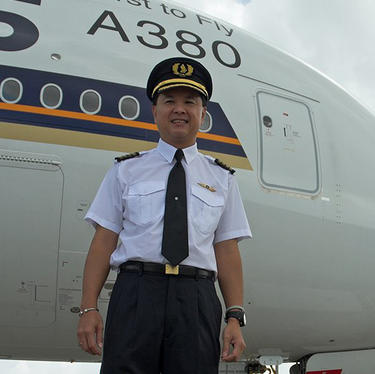
BK: No two flights are ever alike, but we always begin with a briefing for the crew and a review of our flight documentation, which includes detailed weather charts, the flight plan, the technical status of the aircraft, airport conditions and any other relevant information that may affect the journey.
Ali: I like to arrive at the aircraft an hour before departure to give our team – a crew of 24 – enough time to prepare it for the passengers. We verify that all the systems are operating fine and do other safety checks. Once we’re at cruising altitude, the automated systems support us a lot. We need to manually navigate around thunderstorms, so it’s critical to be aware of these as early as possible. The A380 has one of the most advanced radars to detect thunderstorms in the aviation industry – it displays the weather in 3D.
David: When we get underway, we continually monitor flight progress, fuel status and aircraft systems, coordinating with the airline operation centre and air traffic control to get optimum cruising levels and routings. We have several pilots allocated for longer flights, allowing us to get some rest in dedicated bunks. About an hour from our destination, we begin to prepare for landing and review the approach procedure for the specific airport and runway. After landing, we have a day to rest before we get to do it all again!
What do you love most about your job?
Stefan: It’s a wonderful job. It’s been 30 years, and it still hasn’t gotten old! You never get bored, there are always different people, weather conditions, circumstances – you’re never doing the same thing every day. Passengers might think we’re just there looking out the windscreen, but I would compare it with chess – you’re totally engaged, always contemplating your next move and anticipating what might happen. I admit that seeing the beauty of the world is one of the advantages of the job, but your brain is really focused on other things during the flight.
How do you feel about flying the A380?
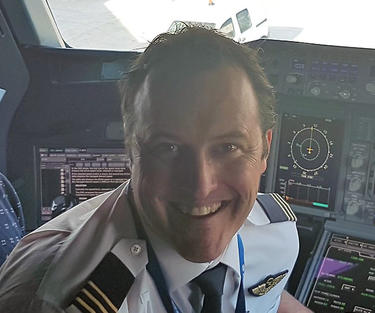
BK: Singapore Airlines was the initial airline to operate the A380, and I feel honoured to have been one of the first pilots trained to fly it.
Ali: My dream aircraft is the A380. When it was first launched, I wanted to pilot it one day. I had my chance in 2008. On my very first walk-around to check the airplane, I was mesmerized by the sheer size of the wings and the engines: everything was on such an immense scale, like something out of science fiction! That feeling of awe is rekindled every time I land or take off and notice all the people taking pictures of the plane!
David: I feel proud to be a Qantas A380 pilot and to play a small role in the success of one of the largest aviation projects in history.
Stefan: I would miss it if I didn’t fly it. As the A380 is the largest plane in a fleet, it’s the ultimate aircraft to work on. It’s really something special to walk through an airport to the gate with 23 other crew members. It’s up to five times more than the crew you’d have in another aircraft! People stop and raise their eyebrows in wonder; then they will usually ask, “Are you flying an A380?”
